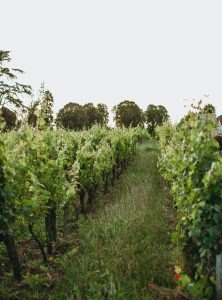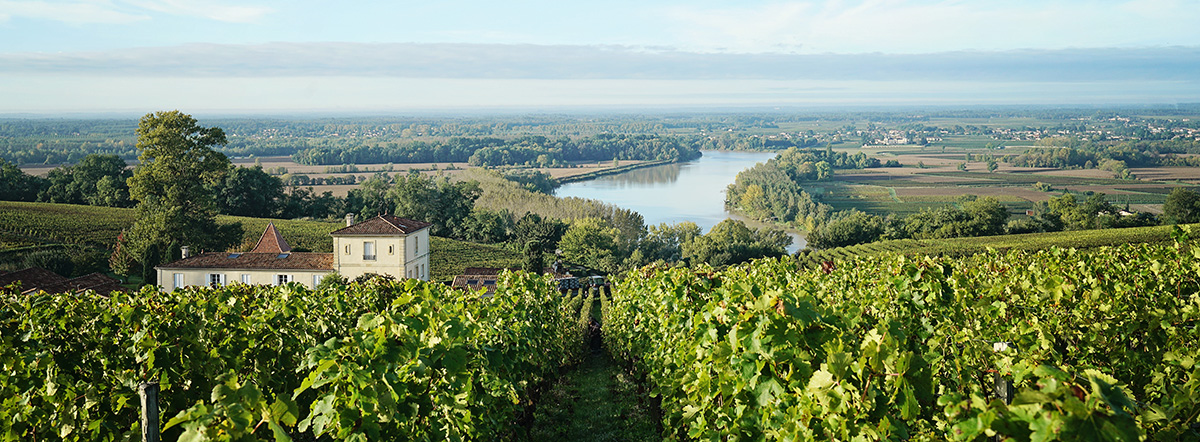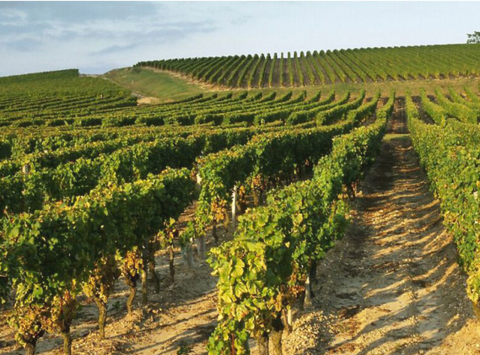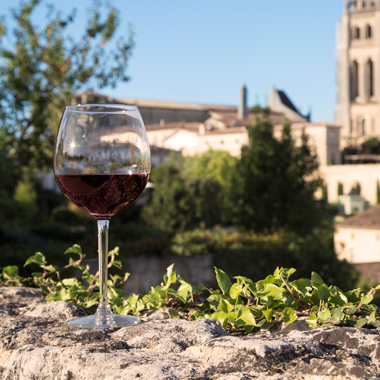Climate Change: how the Bordeaux vineyards are planning ahead
In the Bordeaux region, as in other French regions, winegrowers have already observed certain effects of climate change:
– Increase in average temperatures with a continued, pronounced vintage effect
– Shorter vine growing cycle
– Earlier ripening and harvesting (approximately 20 days over the past 30 years)
Although the effects are currently still favourable for the quality of Bordeaux wines, the perspective of seeing the temperature rise 1° or 2°C will have a substantial impact on their styles. Fortunately, Bordeaux wines have several strategies for adapting: oenological and agricultural practices, as well as plant material adaptation.
However, the Bordeaux region is already innovating and making sure to plan ahead in order to continue offering consumers aromatic, balanced wines of quality.
Focus on 3 efforts in the Bordeaux vineyards:
– Adapting
– Planning ahead
– Reducing
Adapting practices
The strategies for adapting come into play for every vintage or at the time of each planting:
– Delay pruning date (more information about pruning can be found here)
– Increase vine trunk height to reduce leaf area
– Limit leaf thinning to protect grapes from sun
– Choose later-ripening varieties and rootstocks that are more resistant to water stress
– Rethink plot sites
– Adapt harvesting date and harvest at night
– Reduce plant density
Adapting plant material
In the Bordeaux wine region, AOC specifications currently authorise 6 red grape varieties and up to 8 white varieties. Winegrowers must therefore refer to a catalogue of varieties with different growth cycles and ripening periods spread over time.
Consequently, since the Bordeaux region produces blended wines, winegrowers can diversify their plantings of varieties to subtly lessen the effects of climate change.
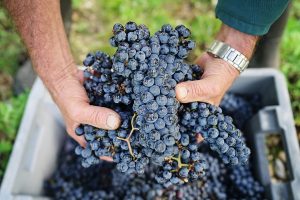
The comeback of ancient varieties
In June 2019 Bordeaux was the first French vineyard to introduce new grape varieties ‘of interest for adapting to climate change’ into its AOC specifications.
As both knowledge and the climate undergo changes, some of the varieties that were previously harder to handle are making a comeback in the vineyards. The most emblematic one is Petit Verdot.
This late-ripening red grape variety is making the most of global warming. In 2000, it was planted on 375 hectares, and in 2018, on 1093 hectares, i.e. +191%. In blends, it offers a final, slightly tannic touch to the violet and liquorice notes.
Tomorrow: planning ahead through research
Research work was first funded by the CIVB in 2003 and the first thesis on climatology in the Bordeaux vineyards presented in 2007. Since then, climate change has been an underlying theme in the CIVB’s research priorities. In all, nearly €2 million have been invested in research in those areas over the past 10 years.
Today: Climate Plan for Bordeaux wines
After conducting its first Carbon Footprint assessment in 2008 and the second in 2013, the Bordeaux wine trade made a commitment to reducing its greenhouse gas emissions (GHG) with the Climate Plan 2020 for Bordeaux wines.
Objectives of the Climate Plan 2020
– 20% overall reduction of GHG emissions
– 20% energy conservation
– 20% creation of renewable energy
– 20% water conservation
The objective is to identify individual good practices and disseminate them to the professionals, in order to implement them in the vineyard and to reduce the overall environmental impact of the activity.
For example:
weight reduction of glass bottles
measurement and reduction of electrical consumption (electric meters, etc)
Eco-driving training
Rainwater recovery
A 3rd Carbon Footprint assessment is scheduled at the end of 2020, to take stock of the situation and re-adjust objectives.
